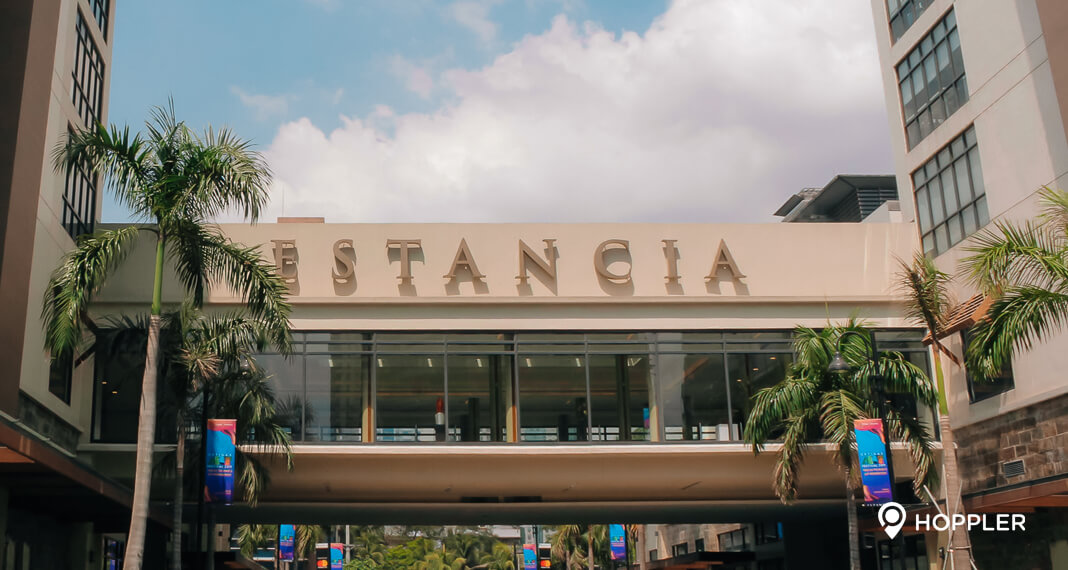Step-By-Step Guide to Setting Up a Business in the Philippines
The Philippines draws business interest from all over the world – but what are the challenges of setting up in the country?
At the heart of Southeast Asia, the Philippines represents a hub for international entrepreneurs aiming to tap into a lucrative domestic market, and gain a foothold in the wider APAC region. The Philippines’ startup scene has momentum: the government’s ‘Roadmap for Digital Start-ups’ aims to increase the number of start-ups in the country from 150, to 500 by 2020 – with a funding increase of $200 million.
While the numbers for prospective start-ups may look attractive, the road to setting up successfully in the Philippines remains filled with challenges. If you’re targeting the Philippines as a business location, make sure you understand the steps to success…
Preparation: Marketing and feasibility studies are important precursors to setting up in the Philippines. You’ll need to settle on the most suitable business structure: depending on the size and resources of your business, you’ll need to decide whether to set up as a sole-proprietorship, partnership, or corporation.
Name Registration: Your business needs register a name under which to trade – which must be approved by the Philippines Securities and Exchange Commission. Once your proposed name has been cleared, you can ‘reserve’ it for a maximum of 90 days, after paying a fee of PHP 40 – PHP 120.
Minimum Deposit: Prospective business owners in the Philippines need to deposit a minimum deposit amount of capital in a bank account. The Philippines’ Corporation Code sets that minimum at PHP 5,000 but your bank will need additional materials, including articles of incorporation and identification documents.
SEC Registration: The most important, and complex, phase of your business set-up is registration with the SEC. Applicant businesses must provide the SEC with a number of materials and documents, including:
- Approved company name
- Articles of incorporation
- Treasurer’s affidavit,
- Statement of assets and liabilities
- Company particulars including information on directors, officers, and stockholders
SEC registration can happen online (through the i-Register platform) or in person, and take up to 3 business days to process – but it is possible to use a ‘Green Lane’ which reduces that time to a single day. Registration costs vary since they represent a fifth of your company’s capital stock (not less than PHP 1,000), plus a variety of associated administrative costs.
Obtaining Permits: The Philippines set-up process means obtaining various local government permits. ‘Barangay Clearance’ is the most important of these – effectively allowing your business to operate in its chosen location, and costing around PHP 500. Other types of important permit include:
- Mayor’s permit
- Sanitary permit
- Environmental permit
- Fire permit
- Barangay clearance
Post SEC Registration: Once your business is registered in the Philippines, you’ll need to take several additional measures, including setting up a corporate bank account to handle expenses and employee payroll. Additional registrations are also necessary, including:
- Tax: The Bureau of Internal Revenue will assign your business with a Taxpayer Identification Number.
- Social Security: Businesses with any number of employees must register with the Philippines’ Social Security System.
- PhilHealth: Social health insurance coverage for all Philippine employees
- HDMF: The Home Development Mutual Fund provides housing benefits for employees in the Philippines.
- PEZA: Registration with the Philippine Economic Zone Authority isn’t mandatory, but is advisable for international businesses since it brings a number of tax benefits.
Final Steps: Set-up doesn’t really end with the completion of all statutory steps and finding a good office space – you’ll quickly need to start thinking about day-to-day business operations. If you need to assemble a workforce, you’ll need to know where to recruit. If you’re running payroll ‘in-house’, you’ll have to ensure your business remains compliant with a range of regional rules and regulations, and so on…
To navigate the Philippines’ complex business landscape, and avoid compliance penalties, consider engaging third-party expertise – not just as a way to handle set-up, but to outsource administrative processes, like payroll and HR. The more expert knowledge you have at this crucial stage, the easier your path to successful set-up will become.
About the author:
 Graham Mckechnie has over twenty-five years of global mobility experience and heads up activpayroll’s Global Mobility Division. He is a qualified tax professional and a member of the Association of Tax Technicians (ATT).
Graham Mckechnie has over twenty-five years of global mobility experience and heads up activpayroll’s Global Mobility Division. He is a qualified tax professional and a member of the Association of Tax Technicians (ATT).



